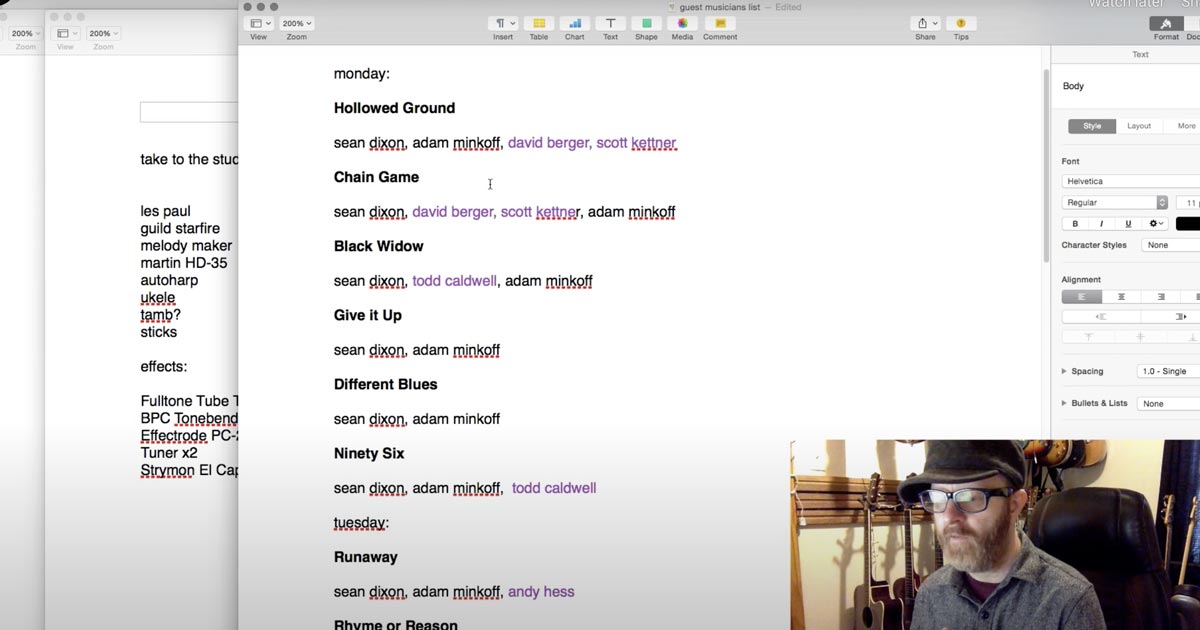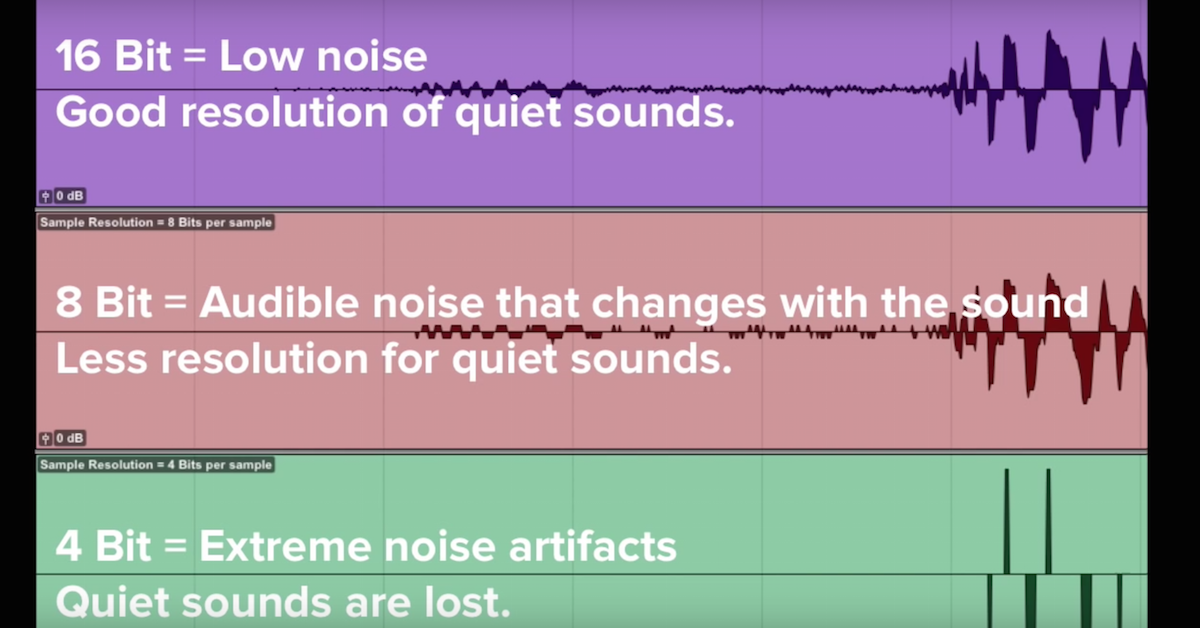A Guide to ISRC (and Why it Matters)
Article Content
As audio professionals, we’re charged with providing our clients with the most viable master recordings that current technology allows. In the last fifteen years that viability has come to depend more and more on metadata.
Both the marketplace and the consumer interface have evolved to make metadata as important as the audio media itself. Indeed, our meticulously crafted recordings could scarcely be bought, sold, stolen, searched, sorted, found, or collected without relevant metadata.
With the RIAA reporting 47% of 2010 shipments being distributed digitally, and many hundreds of thousands more independently released recordings being offered online, it is nothing less than essential that our master recordings include metadata that completely identifies the recording and its stakeholders.
History
It may be slightly reductive, but certainly not inaccurate, to say that consumer media was hardware based until iTunes. With a hardware delivery method like the CD or an LP, the master can be conceptually divided into two parts:
- Contents: the audio content delivered to the audience
- Carrier: the media object that stores the contents
In a hardware delivery system, the carrier would typically include a tool like a UPC/EAN ‘barcode’ which would be used as a point of sale tool for tracking sales, managing inventories, and identifying sound recording ownership.
Since the contents could only be accessed through the carrier, it wasn’t necessary to identify each individual track. Since record sales were retail, the point-of-purchase nature of UPC/EAN worked very well.
The Problem
Today we all realize that the carrier has largely evaporated, leaving the job of identifying digital contents to metadata (data about data, encoded in the files or file system). We also recognize that digital distribution is a global track-based system, as opposed to the brick and mortar album sales tracked by UPC/EAN databases.
A standardized approach to identifying individual digital audio assets through metadata allows us to:
- Track online sales
- Collect statutory royalties for online streaming
- Facilitate publishing and placement
- Provide complete and accurate ownership information
The Solution
The International Standard Recording Code (ISRC) is a metadata facility developed and maintained by ISO Technical Committee 46, Subcommittee 9. As detailed on the US ISRC website, “each ISRC is a unique and permanent identifier for a specific recording, independent of the format on which it appears (CD, audio file, etc.) or the rights holders involved.”
The system is straightforward. Each ISRC is a unique 12-digit string (e.g. US-S1Z-09-00001), whose segments provide the following information:
- Country Code designated by the ISRC agency to indicate where the copyright owner has registered the ISRC. This does not limit the global distribution of the recording. It simple facilitates administration and tracking;
- Registrant Code is a unique identifier for each copyright owner who wishes to register recordings using the ISRC system. Each label entity or independent artist is allocated a single Registrant Code by the ISRC, indented to be used for every recording registered;
- Year reference, for subdividing registrant catalogs chronologically. The year is intended to reflect when the recording was registered, not when it was made;
- A 5-digit Designation code allocated by the Registrant to identify a unique recording or track. This facilitates up to 100,000 ISRC’s per year, per Registrant.
A copyright owner (independent artist or record label) pays a one-time $75 fee to setup a Registrant code with US ISRC. From there the Registrant assigns unique year and designator codes to each track that they release.
The assigned ISRC numbers should be cataloged, and supplied to the mastering engineer to be included/encoded in the master recordings. As the digital recordings are distributed, retail and streaming sites will request the codes in the submission process.
Who’s On Board (and Who’s Not)?
iTunes needs no introduction. iTunes says ISRC’s, “are required metadata for all audio delivered to iTunes.”
SoundExchange is a non-profit performance rights organization entrusted by the Library of Congress as the sole agency for collecting and distributing digital performance royalties, “on behalf of featured recording artists, master rights owners (like record labels), and independent artists who record and own their masters.” SoundExchange uses, and encourages artists to use, ISRC’s.
Spotify, Grooveshark , and Pandora all use ISRC as an organizational tool, and as part of the search facilities in the user interfaces. The list is long and varied. Check out your favorite music site, and they’re probably using ISRC as well.
The biggest detractors and opponents to ISRC are digital music distributors with their own proprietary identification systems. TuneCore’s founder, President, and CEO Jeff Price is well known for being a vocal detractor of ISRC. Many such arguments tend to focus on the limited application of ISRC in the business functions of online music retailers.
Adopters and advocates concede, ISRC is far from perfect, and less than fully implemented. ISRC catalogs, for example, are still not centrally managed. SoundExchange notes, “Unfortunately, despite the name, UPCs and ISRCs are neither universal nor international.” Though they’re also quick to note that ISRC, in combination with artist name and title information, is essential metadata.
Why ISRC Matters
- ISRC is the only standardized, non-proprietary system available to identify individual digital recordings in a global market. It may not yet be fully realized, but the facility is there. Like all standards, the more it is implemented, the better that implementation gets. A standard becomes accepted through repeated use.
- ISRC has the unique ability to enhance and streamline user interface at the same time it facilitates digital commerce. This is the confluence that has marked every other pivotal tool in the evolution of digital media.
- An independent artist can pay a one-time $75 fee to setup a Registrant code with US ISRC, and begin taking advantage of this powerful (and required) tool. There is no other cost involved in using ISRC, unless an artist chooses to be late and lazy, and use a fee-based middleman to register individual recordings.
- ISRC matters because it works, nobody owns it, and it’s virtually free for all to use.





